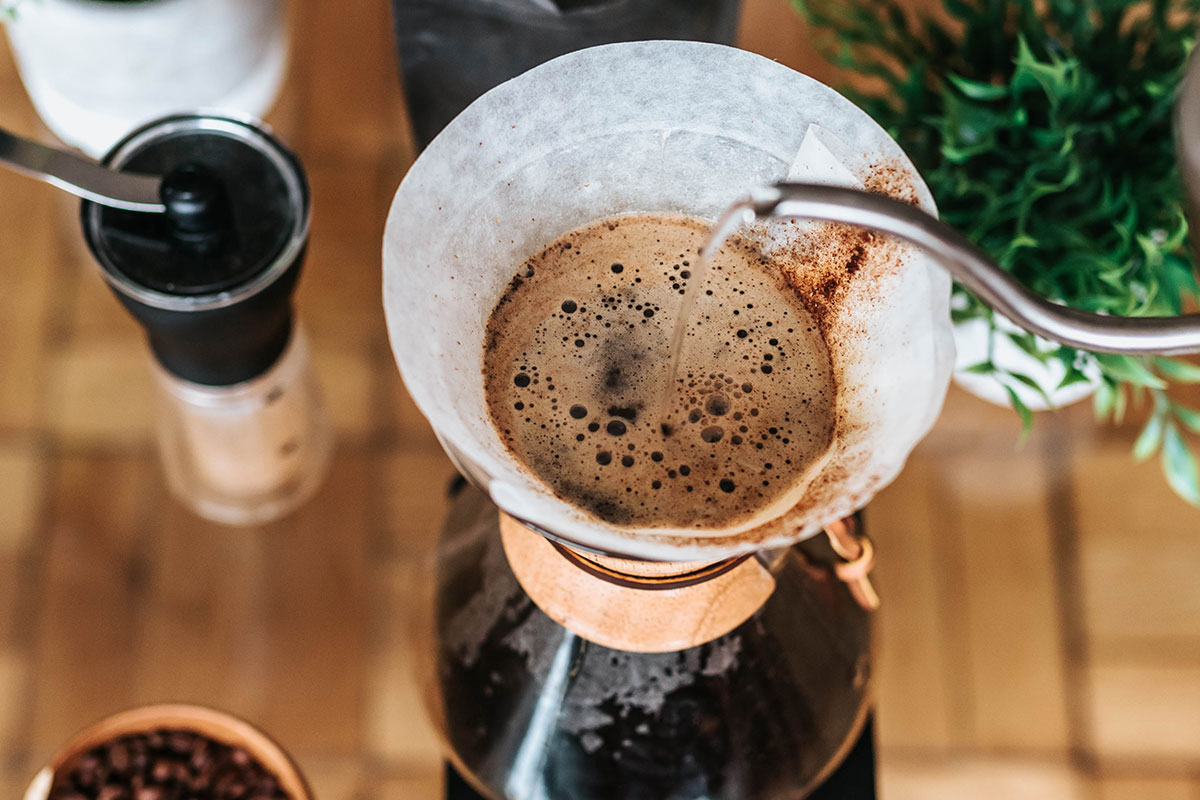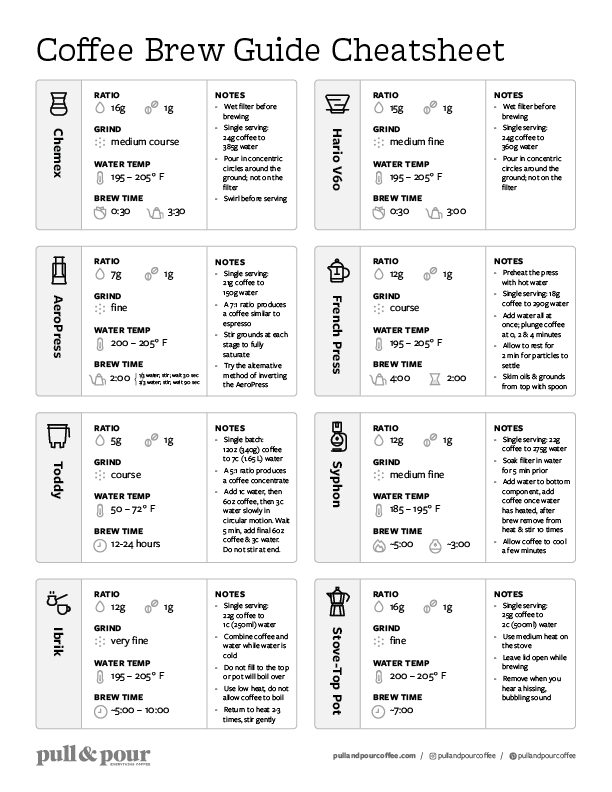Making delicious, high-quality coffee doesn’t have to be rocket science, but it does require special care in some key areas. Below are the six steps to ensure you make the best possible cup of coffee at home.
Fresh Coffee
Coffee is at its best within two to four weeks of roasting. You can go longer than that, but some of the more subtle and complex flavors can be lost (especially on lighter, fruitier coffees). If the coffee doesn’t have a roast date on it (which is not the same as a best before date), it probably isn’t fresh. Your best bet is to get coffee at a local coffee roaster. Coffees from local roasters are almost certainly fresh enough. If you don’t live in an area with local roasters, you can order online from many around the country. Many roasters, like Temple Coffee Roasters, pride themselves on roasting and shipping coffee the same day to ensure the coffee is as fresh as possible when you receive it.High-Quality Coffee
This is likely the most important factor in making great coffee. Your final cup of coffee can only be as good as the grounds you start with. As with the above, finding a high-quality local roaster or a respected roaster online is your best option. When purchasing coffee, there are a few indications on the bag as well that can indicate if it is a high-quality coffee. These include a roast/packaged date, specific farm or location where the coffee is from, altitude where the beans were grown, and a one-way valve in the package.Grind – On-Demand and Consistent
Grinding coffee at the proper granularity immediately before brewing makes a huge difference in the quality of the final cup.- On-Demand: Grinding the coffee exposes it to more air, so it will go stale more quickly. That is why it is so important to use the coffee immediately after grinding. Any coffee that is pre-ground from the store will almost certainly be stale by the time you use it.
- Consistent: Grinding the coffee to a consistent coarseness is important to having an even extraction (the process where the ground coffee dissolves into the water) when you brew your coffee. Essentially, if the coffee particles are not a consistent size, the ground coffee won’t extract at the same rateThere are both blade and burr grinders. Burr grinders are superior because they deliver a consistent grind that can be used for any coffee method, from French press to espresso. While burr grinders can get very expensive, there are also some hand-held options that are more affordable.
Quality Water
Generally, if your tap water is okay to drink, it is okay to make coffee with. To make the best coffee, though, use fresh, filtered water. Hard water can neutralize some of the acids found in coffee that give it its bright and complex flavors. The Specialty Coffee Association of America (SCAA) suggests that water used for coffee be clean, fresh, odor-free, and clear in color, with a total alkalinity near 40mg/L and a pH of 6.5 to 7.51. If we are being honest, most of that is likely too technical for the average coffee maker. The bottom line is that quality water is important to make a good cup of coffee; when in doubt, use filtered or bottled water.Proper Water Temperature
Most coffees are best brewed with water temperatures between 195°F and 205°F (90°C to 92°C). If you brew coffee with water that is too hot (boiling), it will scorch the coffee. You can use kettles that have thermometers on them to get an exact temperature, but if you don’t have one, simply wait 15 to 30 seconds after removing the boiling water from its heat source, and you should be okay.Clean Equipment
Keeping your brewing equipment clean ensures that you’ll end up with the best cup of coffee. This includes your grinder, your brewer, your cup, and everything else you use during the brewing process. Coffee residue from previous grinds or brews can cause unwanted flavors to creep into your cup and effect the profile of your coffee. Here are some tips for cleaning:- Use water and mild soap. Avoid using harsh cleaners that can remain on the equipment and alter the taste of your coffee.
- Use vinegar and water to remove coffee stains or perform a deeper clean for equipment. Be sure to rinse/wash everything well afterward, though.
- Avoid using water around burr grinders. Instead, wipe them with a clean cloth or soft brush.
With these six tips in mind, you should be ready to make an excellent cup of coffee at home. Enjoy!
References
- https://sca.coffee/research/coffee-standards/
Photo Credit: Najib Kalil via Unsplash

